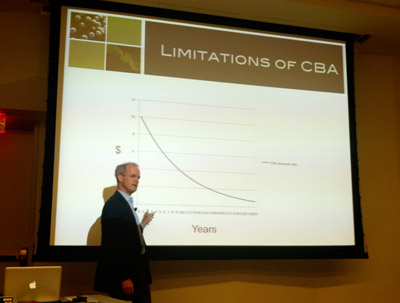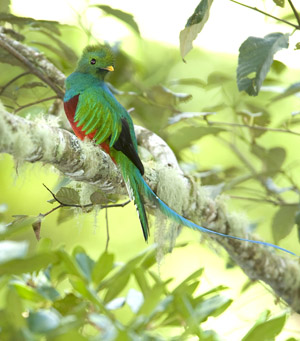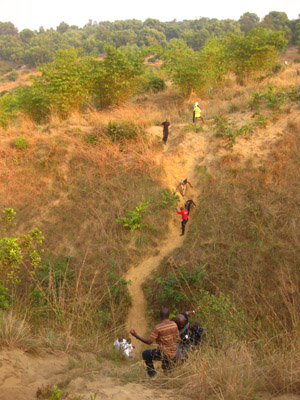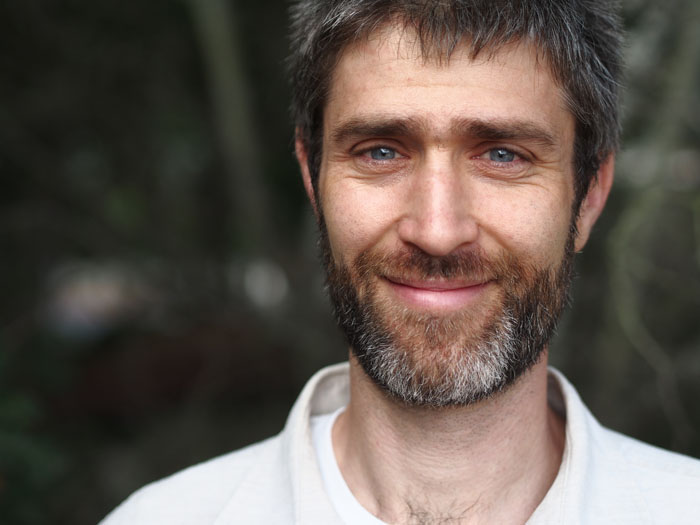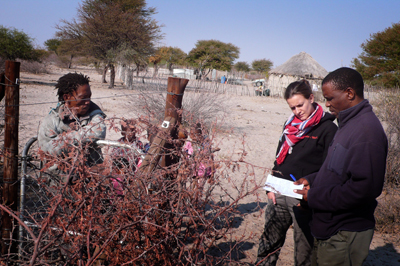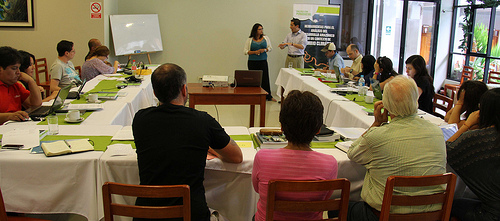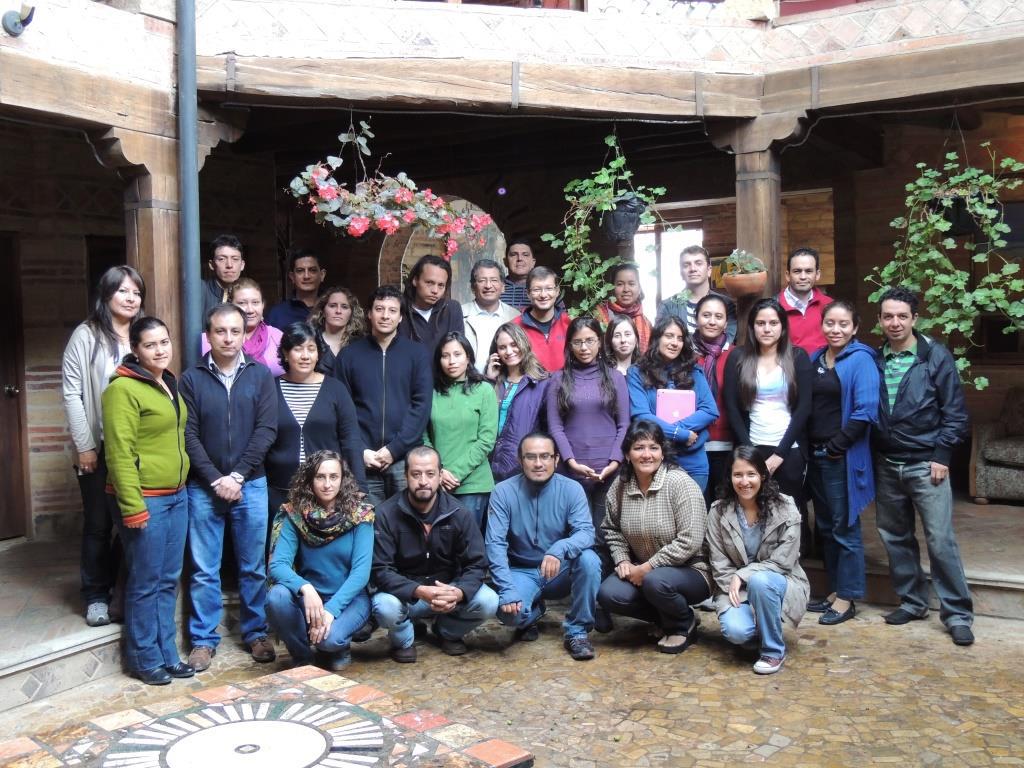News
Last month, we had the opportunity to bring CSF’s economic analysis training to a new audience – the Inter-American Development Bank (IDB) in Washington D.C. The IDB approves over $11 billion dollars in loans each year, and is a major force in shaping the face of development in Latin America. We delivered two training workshops for transport and water sector specialists from various country offices, and a shorter session for IDB Economists based in D.C.
On a clear day from the top of western Panama’s 11,400-foot Volcán Barú, you can see the Pacific Ocean to the south and the azure Caribbean to the north. A little harder to spot is the best route around the dormant volcano, the centerpiece of the 35,000-acre Volcán Barú National Park. In 2003, CSF and The Nature Conservancy (TNC) performed an analysis to find out.
http://conservation-strategy.org?1384467323
Tanzania’s national parks teem with the big storybook animals: rhinoceroses, lions, elephants and hippopotami. Only a few parks however, have historically teemed with visitors.
This past June I spent three weeks in Kinshasa, the capital of the Democratic Republic of Congo (DRC) facilitating one of CSF’s flagship Economics Tools for Conservation courses. The course focused on infrastructure planning and biodiversity conservation in the Albertine Rift. The course was delivered in partnership with L'École Régionale post-universitaire d'Aménagement et de gestion Intégrés des Forêts et territoires Tropicaux (ERAIFT). Holding the course in DRC was a great opportunity to share economic tools with conservationists and infrastructure planners that work in an area which faces new and rapid development options.
CSF is opening a program of “office hours” with experts who will help you figure out what to analyze and how. These consultations are free and an exclusive service for graduates of CSF courses..
Here’s how it works: Click on the link below and provide some basic information about the issue, problem, policy or activity you want to analyze. We’ll gather the ideas and set up a meeting for you with a member of our staff or one of our consulting experts via videoconference or telephone.
Examples of analyses we will help you design could include
• cost-benefit analysis of a sustainable development project,
• revenue strategy for a protected area,
• formulation of arguments to confront a specific environmental threat,
• economic valuation of an ecosystem or protected area,
Since he was a young child, Aaron Bruner has been interested in forest conservation. For much of his youth, he had intended to be a conservation biologist, but while at Wesleyan University, he had an economics professor who "blew his mind", and he realized that the best route to accomplish conservation was through the power of economics. It was then that he chose to study economics as an undergraduate in order to be able to speak the language of policy-makers and developers to achieve the greatest impact.
When people think of sub-Saharan Africa, they are often imagining the landscape of Botswana, although they may be unaware of it. Images of the Kalahari populate the spreads of nature magazines; the mysterious gazes of lions, elephants, and buffalo calling readers to adventure. Admiring photographs such as these in my youth brought me to my current work, and last month I was fortunate enough to have a dream realised and visit the Kalahari myself.
CSF, thanks to funding from the Handsel Foundation, is working along with Cheetah Conservation Botswana (CCB) to conduct a cost benefit analysis (CBA) of alternative predator control methods used by small stock farmers in the Kalahari agro-ecosystem.
The Gordon and Betty Moore Foundation awarded a grant of $256,000 this month to support CSF's Conservation Economics Initiative. The CEI is a CSF-Duke University effort to spread the effective use of conservation economics to benefit natural ecosystems. Moore's support, along with funds from the John D. and Catherine T. MacArthur Foundation, will be used to set up local hubs where CSF-style conservation economics courses can be delivered by our own course graduates. The CEI will also take CSF's deep in-person training know-how and transform it into online teaching resources to make sure that more conservationists learn the economic essentials and that our students have knowledge at their fingertips when they need it.
Journalists and environmental experts from Bolivia, Peru, Ecuador, Colombia, and Brazil recently participated in the Amazon Dialogue for Journalists in Puerto Maldonado, Peru. The goal of the meeting was to provide analysis tools to participating journalists on the value of biodiversity and ecosystems management. Journalists were exposed to information on issues surrounding large infrastructure projects, economic tools and incentives for conservation, and food, water and energy security in the Amazon. They were connected to experts in the field and were able to exchange ideas on how effective communication can lead to better decision-making.
In May, I had the opportunity attend CSF’s Economic Tools for Conservation training course in Colombia. This course specifically focused on Payments for Ecosystem Services (PES) as a tool for conservation.

